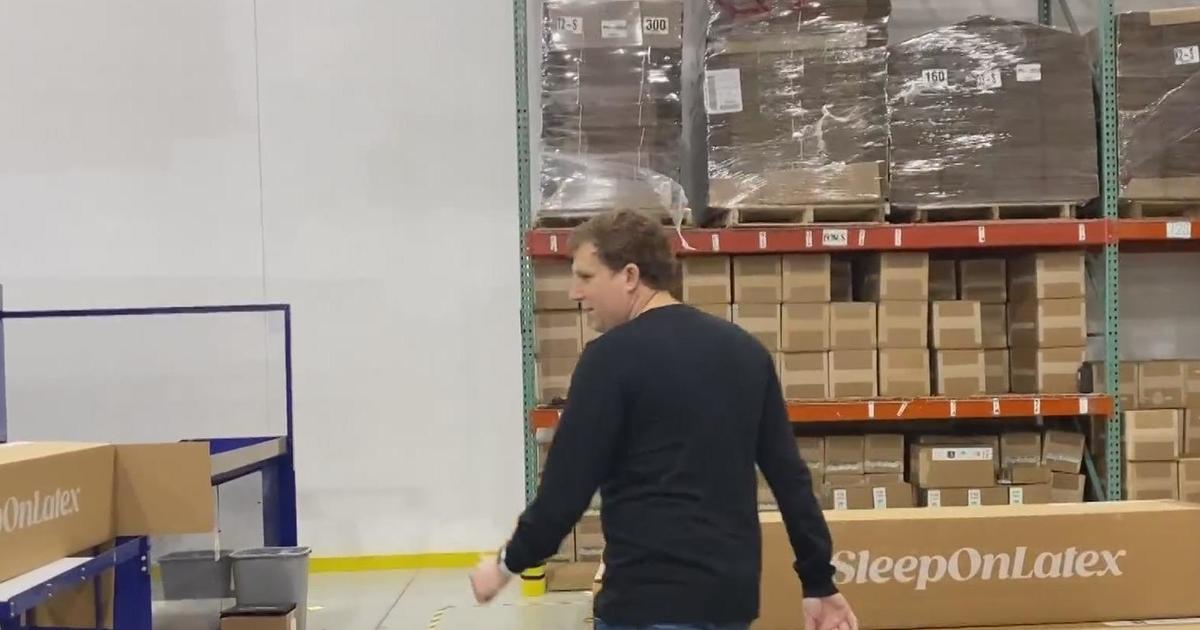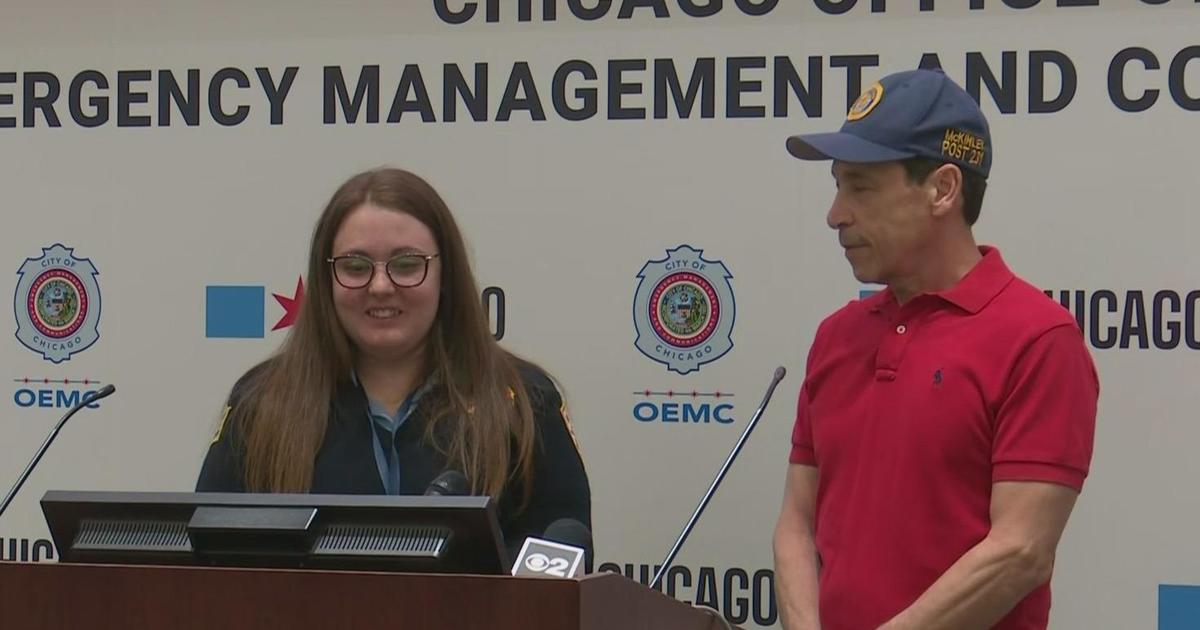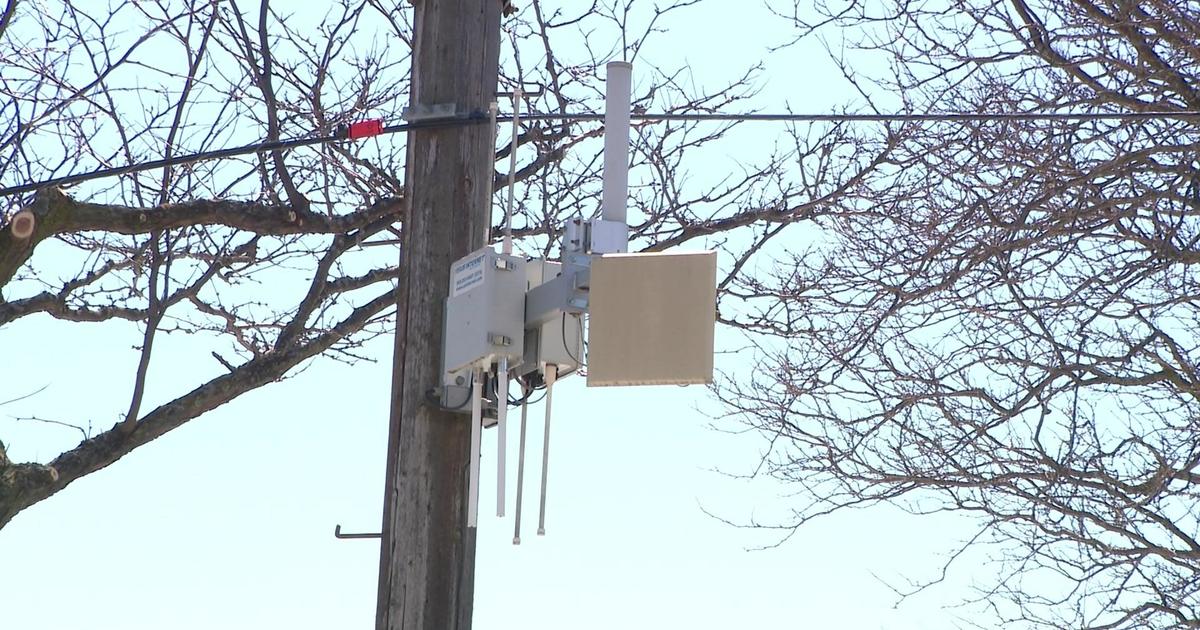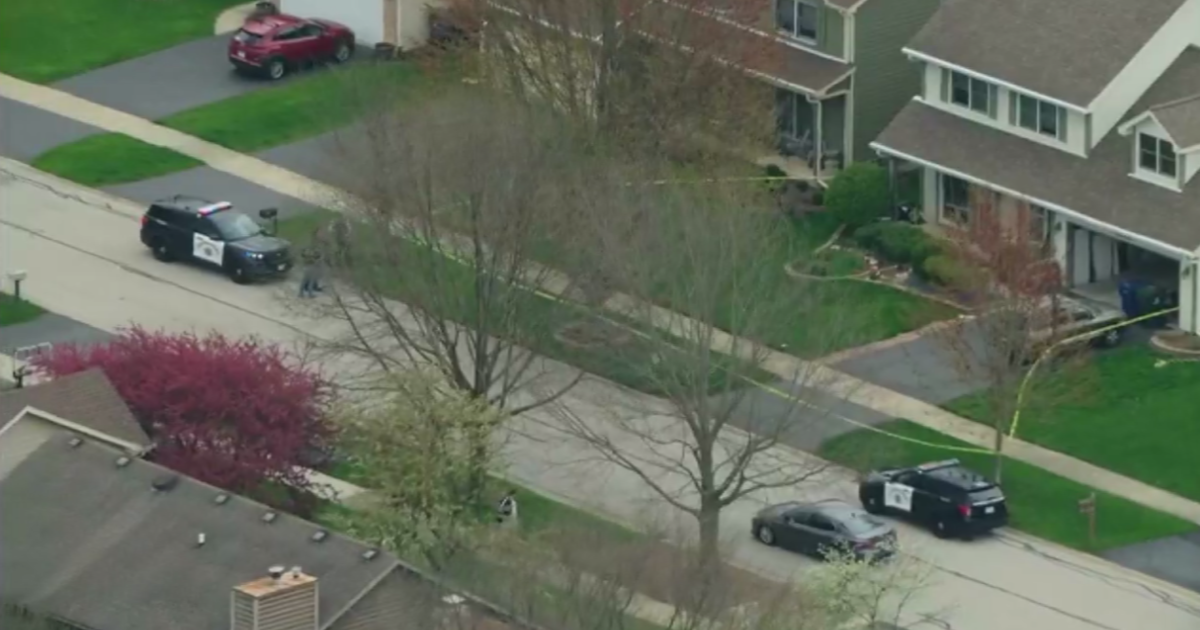Ways To Prevent 'Summer Slide'
(CBS) -- Meg Fitzgerald of Bennet Day School in the West Loop shares some creative, hands-on ways to keep kids learning during vacation.
(1) Create with Sticks & Stones:
• Enjoy the fun challenge of creating musical instruments such as shakers and drums using found sticks, stones, and natural objects in your area. Combine the natural materials with household items, such as pots and pans. Ponder why various objects make the sounds that they do. Why does a stick sound different this metal pan sound different than the glass pan? Use a paper towel roll or the cardboard roll at the end of the saran wrap or aluminum foil roll (these are sturdier) to create a shaker. Wrap the roll with aluminum foil and seal off the ends. Fill one with beans and another with stones. What is the difference in the sounds? Finally, children can decorate their shakers by gluing on any scraps of tissue paper, stickers, sequence, you name it. Video your summertime band and to share with friends!
• This summer try the fun family challenge of finding and collecting fallen sticks or twigs that are the shapes of alphabet letters & numbers. Just as letters are made up of big and little lines, your child can form many letters with various size sticks. Have fun wondering why your collection has few (if any) Qs, yet there are many Ys. If you find no Q, P or R can your child find a way to fashion these letters? Older children may spell words and photograph them. This could a project that extends over the summer, as your search for the perfect combination of sticks for each letter of the alphabet.
• Hammer a stick in a sunny spot in your yard or parkway. Check on it throughout the day/week to notice the changing shadow line. Have great conversations about possible reasons why the shadow has moved when the stick does not! Try to photograph the different shadows as another means of re-experiencing this phenomena as your child ponders and questions the science of light and shadow.
(2) Build Newspaper Structures
Materials:
1) Newspaper
2) Masking tape
Instructions:
• Place two pieces of newspaper on top of each other.
• Roll them very tightly around a marker or pencil from one corner to the opposite corner to make a paper tube.
• Secure the tube with masking tape. Repeat until you have at least 8 or 10 tubes.
• Begin building! Connect the tubes with masking tape to create forts, tents, or skyscrapers. Pyramids are easy and sturdy to build; but with adult help, the possibilities are endless. You can leave the "walls" and "roof" open, or cover with newspaper, sheets, or pieces of fabric.
• When ready to dismantle the building, either store the tubes in an umbrella stand or basket for another day or recycle.
(3) Make Homemade Bubble Solution
• Pour 6 cups distilled water (pure water makes better bubbles) into a plastic dishwashing tub.
• Add 2 cups liquid dishwashing detergent, such as Joy or Dawn, and 3/4 cup light corn syrup to the tub.
• Use this opportunity to let your child pour the water, the soap and the corn syrup. If done outside, you don't have to worry about spills. When children are allowed to do things for themselves they develop a sense of independence and positive self-concept.
• Stir the ingredients with a large spoon until you blend them completely.
• To make bubble wands, untwist a wire coat hanger with pliers and straighten the coat hanger so it is a long, straight length of wire.
• Use a hula hoop and a kiddie pool and create a human bubble!
• The more you make your own bubbles, push your child to explore what happens if you alter the solution a little? What is the perfect ration of water to soap to corn syrup?
(4) Make Summer Smoothies
The final activity will be a fan favorite. Young children (even the pickiest eaters!) love to eat something that was made by them! Little ones can slice, measure, pour, and the best part is, sharing the smoothie with a loved one. For those of us who love to cook, it's often more about who you share the meal with than the meal itself.
As you choose ingredients for your smoothies encourage your child to sort the items, will they classify their ingredients by color, size, texture, seeds/seedless, fruits/vegetables? Sorting and classifying are the foundational skills of scientific investigation.
Again, in this activity, let your child pour the juice, scoop the yogurt, squeeze the honey. These everyday experiences build their fine motor skills. Before our kiddos can write, they need to learn to hold a pencil and before they can hold a pencil, they need to exercise those hand muscles, like squeezing honey and peeling oranges.
Also, let your child cut the fruit. I know our instinct says we shouldn't give kids knives, but if you model the safe way to cut up a mango after you've peeled and pitted it, they will learn how to use these tools responsibly. Use a butter knife or a kid's chopper that you can find at many cooking stores or kid's cooking centers. If we view our children as capable and competent, they will prove us right, every time.
SUNSHINE SMOOTHIE
1/2 cup baby carrots
1/2 cup orange juice
1 cup frozen pineapple chunks
3/4 cup plain Greek yogurt
1/2 cup frozen mango chunks
1 tablespoon honey
Add all ingredients into blender and blend until smooth. If you find the consistency of your smoothies to be too thick, add small amounts of water or milk until desired consistency is achieved.
*If using fresh fruit, add 1-2 cups of ice to the other ingredients before blending.
*Each recipe yields about 4 (8 ounce) smoothies .
Fore more information, visit www.bennettdayschool.org or visit their Twitter and Facebook pages.



